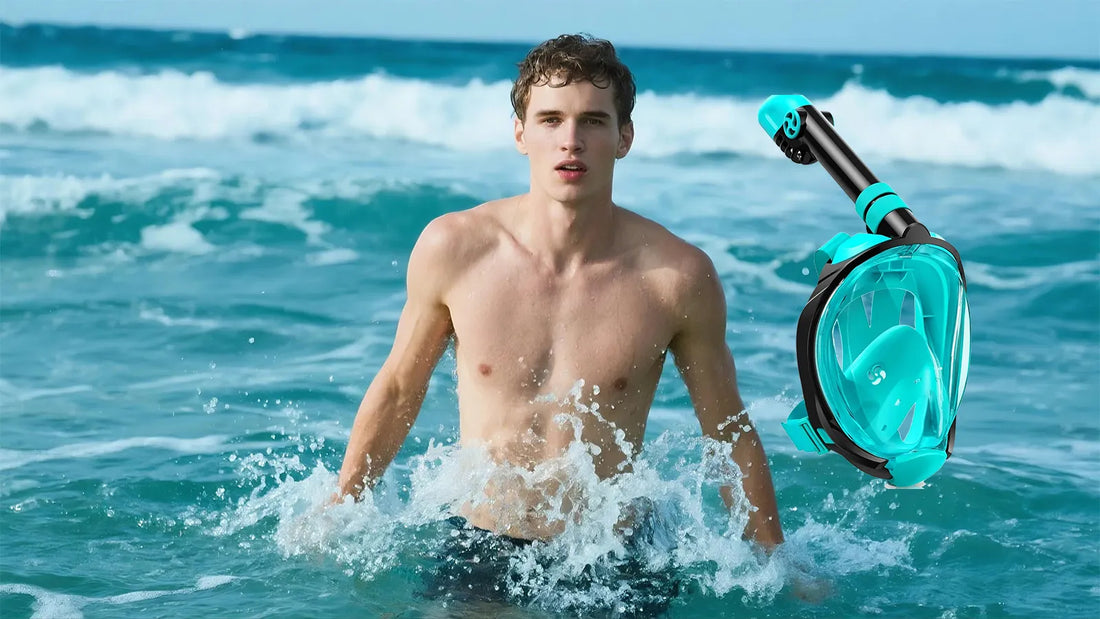The Science Behind Foggy Swimming Goggles
Have you ever wondered why your swimming goggles fog up just when you need them the most? The answer lies in the science of condensation. When you wear goggles, the temperature inside the lens can differ significantly from the water temperature. This temperature difference causes moisture from your skin and breath to condense on the inner surface of the lens, creating that annoying fog.
Another factor contributing to foggy goggles is the lack of proper ventilation. Many goggles are designed to create a tight seal around your eyes to prevent water from entering. While this is great for keeping water out, it also traps warm, moist air inside, leading to fogging.
Common Causes of Foggy Goggles
Understanding the common causes of foggy goggles can help you take preventive measures. One of the primary reasons is the natural oils and sweat from your skin. These substances can create a thin film on the inner surface of the lens, making it easier for moisture to condense and fog up your goggles.
Another common cause is the use of improper cleaning methods. Many swimmers use their fingers or towels to wipe the inside of their goggles, which can leave behind residues that contribute to fogging. Additionally, using harsh chemicals or abrasive materials can damage the anti-fog coating on the lenses, making them more prone to fogging.
How to Prevent Your Swimming Goggles from Fogging Up
Preventing your swimming goggles from fogging up doesn't have to be complicated. One of the simplest and most effective methods is to use an anti-fog solution. These solutions are specially designed to create a thin, invisible layer on the lens that prevents moisture from condensing. Simply apply a few drops to the inside of your goggles, spread it evenly, and rinse lightly before use.
Another effective method is to ensure your goggles are properly ventilated. Look for goggles with built-in ventilation systems that allow air to circulate inside the lens, reducing the chances of fogging. Additionally, make sure your goggles fit snugly but not too tightly, as a tight fit can trap more moisture inside.
DIY Solutions for Foggy Goggles
If you're looking for a more budget-friendly solution, there are several DIY methods you can try. One popular method is to use a small amount of baby shampoo. Mix a few drops of baby shampoo with water, apply the mixture to the inside of your goggles, and rinse lightly. The shampoo leaves a thin film that helps prevent fogging.
Another DIY solution is to use saliva. While it may sound unorthodox, many swimmers swear by this method. Simply spit into your goggles, spread the saliva around the inside of the lens, and rinse lightly. The enzymes in saliva can help break down the oils and residues that contribute to fogging.
Maintaining Your Goggles for Long-Lasting Clarity
Proper maintenance is key to keeping your goggles fog-free for a long time. Always rinse your goggles with fresh water after each use to remove any chlorine, salt, or other residues that can damage the lenses. Avoid touching the inside of the lenses with your fingers, as the natural oils from your skin can contribute to fogging.
Store your goggles in a protective case to prevent scratches and damage to the lenses. If your goggles have an anti-fog coating, avoid using harsh chemicals or abrasive materials when cleaning them. Instead, use a soft cloth and mild soap to gently clean the lenses.
When to Replace Your Swimming Goggles
Even with the best care, swimming goggles don't last forever. Over time, the anti-fog coating can wear off, and the lenses can become scratched or damaged. If you find that your goggles are consistently fogging up despite your best efforts, it may be time to replace them.
Look for goggles with high-quality lenses and built-in anti-fog features. While it may be tempting to go for the cheapest option, investing in a good pair of goggles can save you from the frustration of constantly dealing with foggy lenses.
Final Thoughts on Keeping Your Goggles Fog-Free
Dealing with foggy swimming goggles can be a real nuisance, but with the right knowledge and techniques, you can keep your lenses clear and enjoy your swim. Whether you opt for an anti-fog solution, a DIY method, or invest in a high-quality pair of goggles, the key is to understand the causes of fogging and take proactive steps to prevent it. Happy swimming!

